Conservation Threats and Solutions for Lemurs

Why are lemurs so endangered, and what are we doing to help them?
In 2020, the IUCN Red List updated the conservation status of lemurs. Now, 98% of lemur species are considered endangered, and 31% of species are critically endangered. Learn about the IUCN Red List and Lemurs.
In order to protect lemurs, we must understand the threats they face and find solutions to address those threats. Below, learn about the main threats to lemur species in the wild: habitat change, poaching, climate change, and invasive species. Then, learn about conservation solutions that address both human needs and wildlife needs.
CONSERVATION THREATS
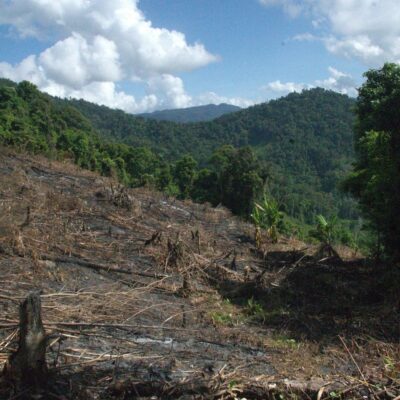
Habitat Change and Loss
Lemur habitat is changing at an alarming rate. This includes habitats across the island, including the eastern rainforests, the southern spiny forests, and the western dry deciduous forests. Changes to an animal’s habitat can negatively impact individual animals as well as entire species. With their habitats decreasing in size and degrading, lemur species and Madagascar’s other wildlife are at risk.
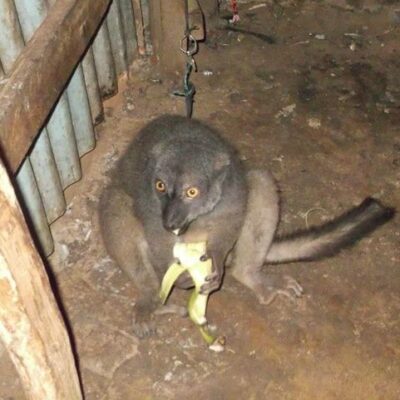
Poaching
Although illegal, lemurs are hunted and taken from the wild in Madagascar for food, for the pet trade, and sometimes because of cultural beliefs. If lemurs were not so endangered, this wouldn’t be as high a concern. But, with 31% of species critically endangered, or one step away from extinction in the wild, each individual lemur is important to ensure the survival of the species.
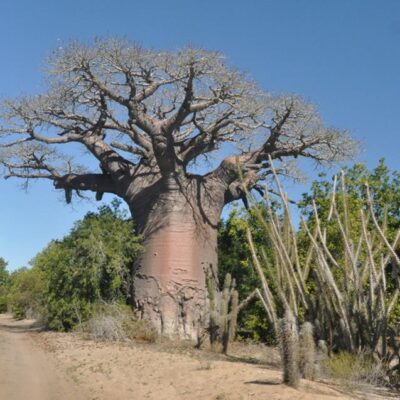
Climate Change
Madagascar is one of the top five countries most affected by human-induced climate change. Over the last several decades, Malagasy people have witnessed their weather changing drastically. Severe droughts are devastating the south, and yearly typhoons cause destruction in the north. These changes impact the daily lives of both human and animal communities across the island.

CONSERVATION SOLUTIONS
Conservation work is often complex, as there is no quick and easy solution to saving species. This is why much of the conservation work in Madagascar supports both wildlife and people. Conservation solutions that support wildlife and habitats are only successful when they support local people as well.
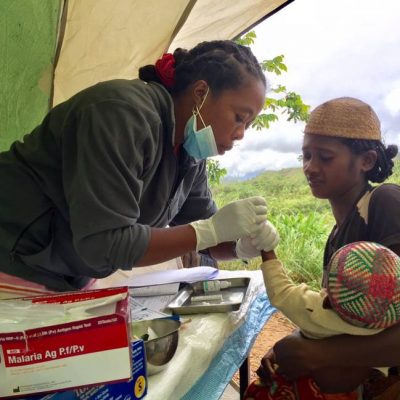
Conservation Supporting Malagasy People
Building trust, capacity, and solutions with local people is the best way to help wildlife. Long-term relationship building is the key to lasting conservation success. In Madagascar, Malagasy people are the key to saving lemurs from extinction. It is important to work with local communities, not against them.
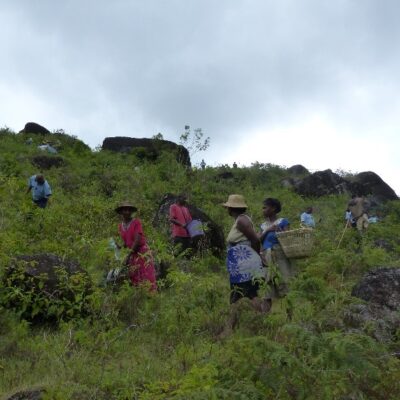
Conservation Supporting Habitats and Wildlife in Madagascar
With 98% of lemur species endangered, supporting Madagascar’s habitats and wildlife is fundamental for lemur conservation. Solutions entail establishing and maintaining protected areas, reforestation work, addressing the invasive species problem, captive breeding programs at zoos and also in some cases reintroduction and relocation of species.
